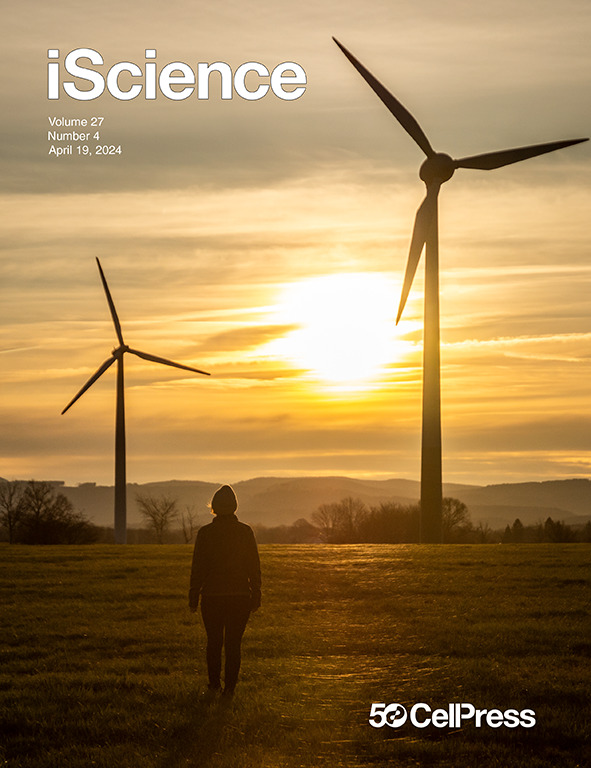Rapgef3 modulates macrophage reprogramming and exacerbates synovitis and osteoarthritis under excessive mechanical loading
IF 4.6
2区 综合性期刊
Q1 MULTIDISCIPLINARY SCIENCES
引用次数: 0
Abstract
Evidence indicates that mechanical loading plays an important role in osteoarthritis (OA) progression, while the specific pathological changes of the synovium under excessive mechanical loading are unclear. Results showed that excessive mechanical loading caused pro-inflammation of synovial macrophages, which has been confirmed to exist in OA. High Rapgef3 expression level was found in RNA sequencing of RAW246.7 subjected to 0.5 Hz and 20% cyclic tensile strain. We verified this in the synovium of patients with OA and destabilization of the medial meniscus (DMM)-OA mice. Interestingly, the Rapgef3 content of chondrocytes was very low. Primary chondrocytes treated with Rapgef3 alone did not show metabolic phenotype, but an OA phenotype appeared when treated with Rapgef3-stimulated macrophage culture supernatant. Mechanically, excessive mechanical loading activated p65-nuclear factor κB (NF-κB) pathway through Rapgef3, which promoted the inflammation of macrophage, resulting in severe articular cartilage injury. Intra-articular Rapgef3 knockout reversed synovitis and cartilage degeneration, which might provide a therapeutic target for OA.

求助全文
约1分钟内获得全文
求助全文
来源期刊

iScience
Multidisciplinary-Multidisciplinary
CiteScore
7.20
自引率
1.70%
发文量
1972
审稿时长
6 weeks
期刊介绍:
Science has many big remaining questions. To address them, we will need to work collaboratively and across disciplines. The goal of iScience is to help fuel that type of interdisciplinary thinking. iScience is a new open-access journal from Cell Press that provides a platform for original research in the life, physical, and earth sciences. The primary criterion for publication in iScience is a significant contribution to a relevant field combined with robust results and underlying methodology. The advances appearing in iScience include both fundamental and applied investigations across this interdisciplinary range of topic areas. To support transparency in scientific investigation, we are happy to consider replication studies and papers that describe negative results.
We know you want your work to be published quickly and to be widely visible within your community and beyond. With the strong international reputation of Cell Press behind it, publication in iScience will help your work garner the attention and recognition it merits. Like all Cell Press journals, iScience prioritizes rapid publication. Our editorial team pays special attention to high-quality author service and to efficient, clear-cut decisions based on the information available within the manuscript. iScience taps into the expertise across Cell Press journals and selected partners to inform our editorial decisions and help publish your science in a timely and seamless way.
 求助内容:
求助内容: 应助结果提醒方式:
应助结果提醒方式:


